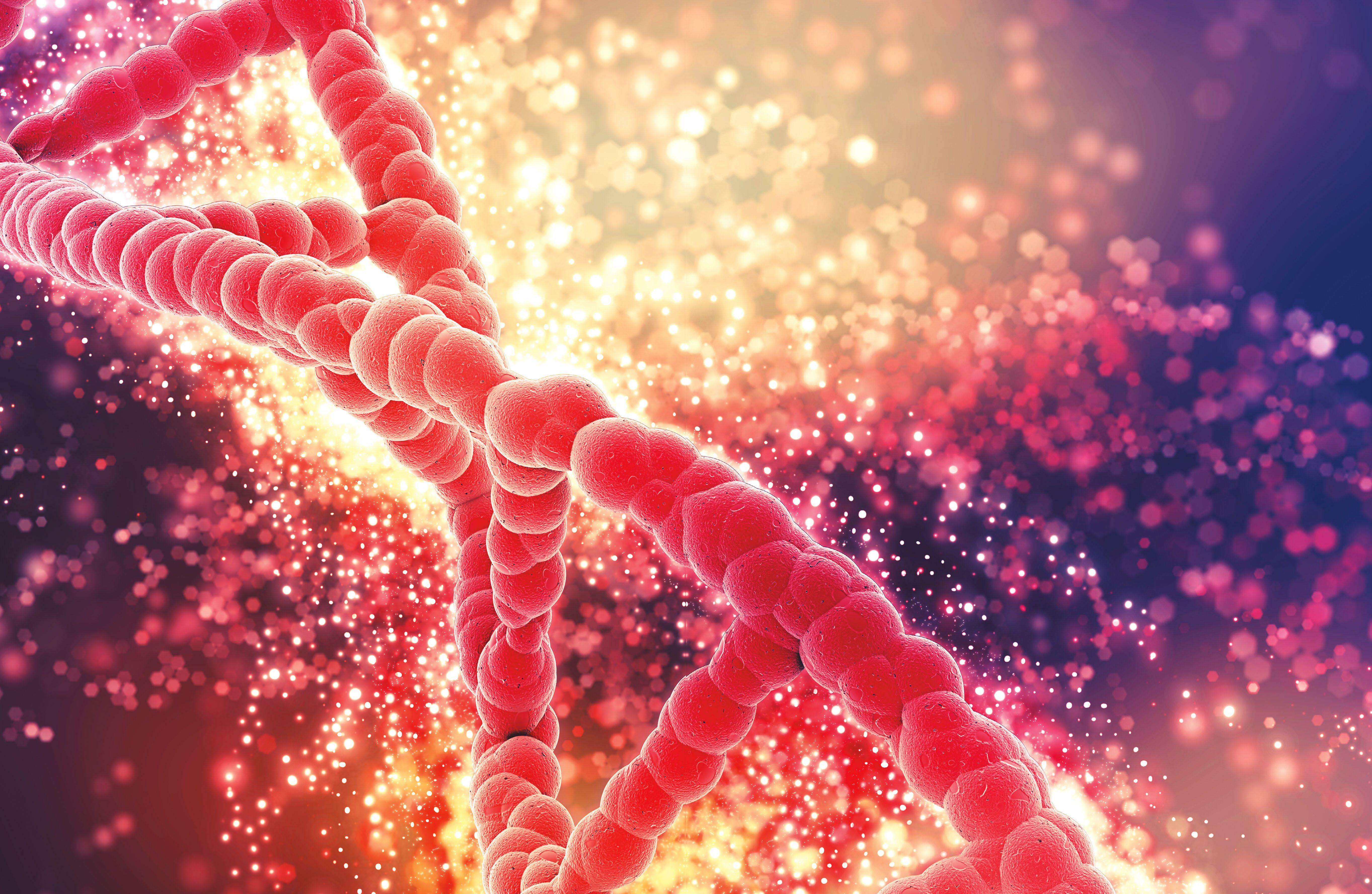
If you look at life on this planet, there is staggering variety. From pine trees to porcupines, and seaweed to stegosaurs, living things have evolved and adapted into almost every form imaginable. However, despite all these differences, there is one strand that connects all life: DNA. Read on to discover what this fascinating molecule is, and how scientists studying it are uncovering life’s biggest secrets.
Look inside
If you look at any organism (living thing) up close under a microscope, whether it is a plant, animal, fungus or even bacteria, you will start to see some similarities between them. First of all you will see cells. These structures are tiny bags of mostly water, as well as some very important chemicals needed for life, including DNA.
DNA is basically a detailed list of instructions. Within its snaking structure, it contains all the information needed to create each organism – what it will look like and how it will work. Despite its vital role, it is surprisingly simple. DNA is a long twisting ladder, made up of two strands of sugars that are linked together by rungs made of four different molecules, called bases.
A simple code
Diese Geschichte stammt aus der Issue 66-Ausgabe von The Week Junior Science+Nature UK.
Starten Sie Ihre 7-tägige kostenlose Testversion von Magzter GOLD, um auf Tausende kuratierte Premium-Storys sowie über 8.000 Zeitschriften und Zeitungen zuzugreifen.
Bereits Abonnent ? Anmelden
Diese Geschichte stammt aus der Issue 66-Ausgabe von The Week Junior Science+Nature UK.
Starten Sie Ihre 7-tägige kostenlose Testversion von Magzter GOLD, um auf Tausende kuratierte Premium-Storys sowie über 8.000 Zeitschriften und Zeitungen zuzugreifen.
Bereits Abonnent? Anmelden

Are cats smarter than dogs?
They're the UK's top pets, but which is more intelligent? You decide!

Could people turn Mars into another Earth?
Sven Bilén explores how humans might make a home on another world.

FUNNY BY NATURE
Claire Karwowski tracks down the wackiest wildlife that's cracking up the animal kingdom.

WEIRD SCIENCE
A round-up of the strangest science stories from around the world.

Guardians of the forest
Meet the incredible people protecting the Amazon rainforest.

The Mariana Trench
Dive in to find out how far down the ocean goes and what it's really like at the bottom.

Megan McCubbin
Meet the zoologist trying to change people's views of animals with a bad rep.

MAX POWER
From the second you wake up in the morning, your way of life is made possible thanks to the amazing power of electricity.

Your heart has a "brain"
New research by scientists at Sweden, and Columbia University, in the US, suggests that your heart could have its own \"mini brain\".

Ethiopian wolves could be furry pollinators
Sweet-toothed Ethiopian wolves have been seen lapping up nectar have been seen happing up nectar from red hot poker flowers.